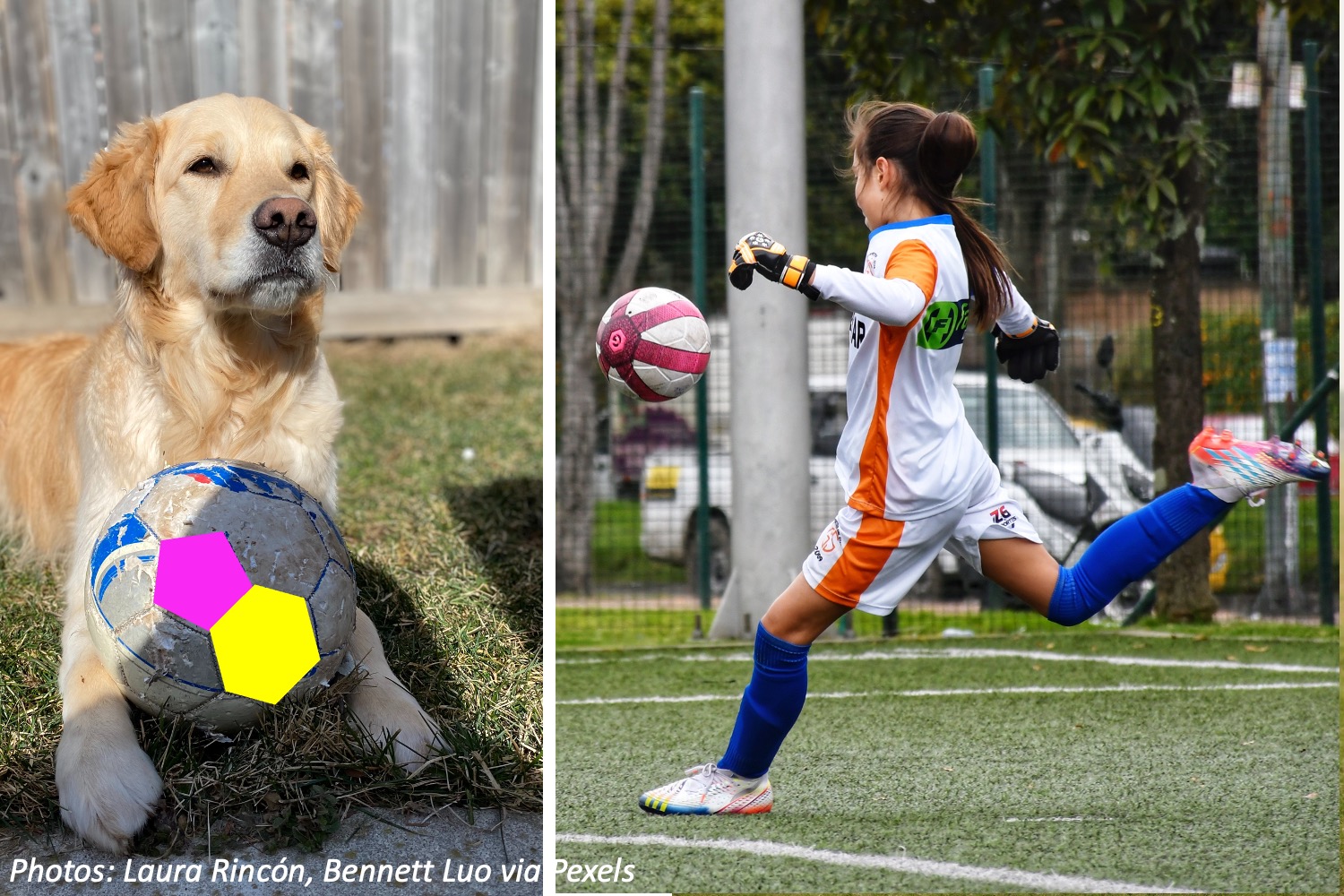With the World Cup heating up, it’s worth taking a closer look at the soccer ball. Have you ever wondered how many shapes a soccer ball has? It has 12 pentagons and 20 hexagons. Each pentagon has 5 hexagons around it. All those shapes add up to one sphere – much easier to kick into the goal!
Wee ones: A square has 4 sides and a pentagon has 1 more side than that. How many sides does a pentagon have?
Little kids: If you kick the ball and your foot touches a pentagon and all 5 hexagons touching it, how many shapes did your foot touch? Bonus: If you touched just that 1 pentagon, how many of the 12 pentagons did you *not* touch?
Big kids: Since the ball has 20 hexagons and 12 pentagons, how many faces does it have in total? Bonus: If you can bounce the ball 13 times on your knee and then twice as many times off your foot, how many times in a row can you bounce the ball in the air?
The sky’s the limit: When someone makes a soccer ball, each shape edge is sewn together with another shape’s edge. How many of those lines does the maker sew in total? (Hint if needed: Every shape edge is shared with 1 other shape…)
Answers:
Wee ones: 5 sides.
Little kids: 6 shapes. Bonus: 11 pentagons.
Big kids: 32 faces. Bonus: 39 times (13 + 26).
The sky’s the limit: 90 lines. The 20 hexagons have 6 edges apiece, giving us 120 edges in total, while the 12 pentagons have 5 edges each, or 60 in total. That gives us 180 edges that need to meet up with each other. Each one takes another one away from the pile, so there are 90 pairs.



